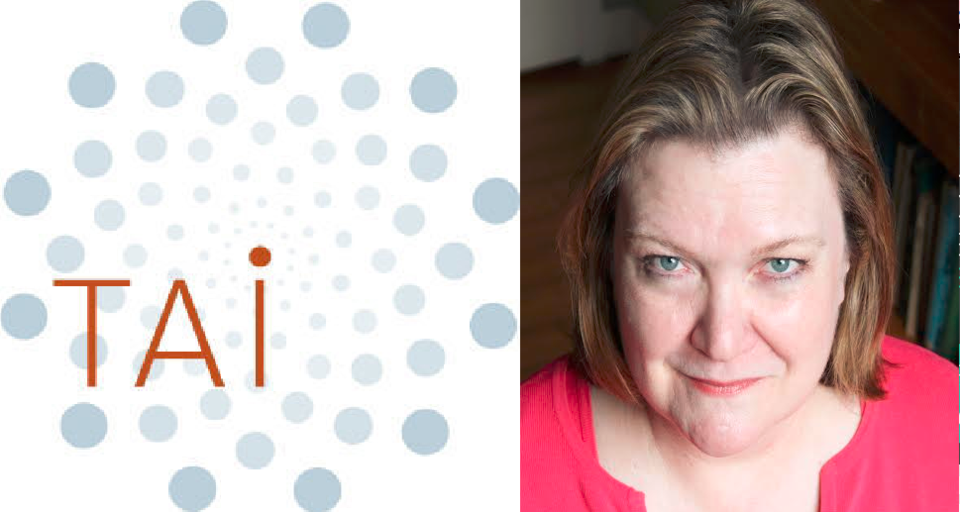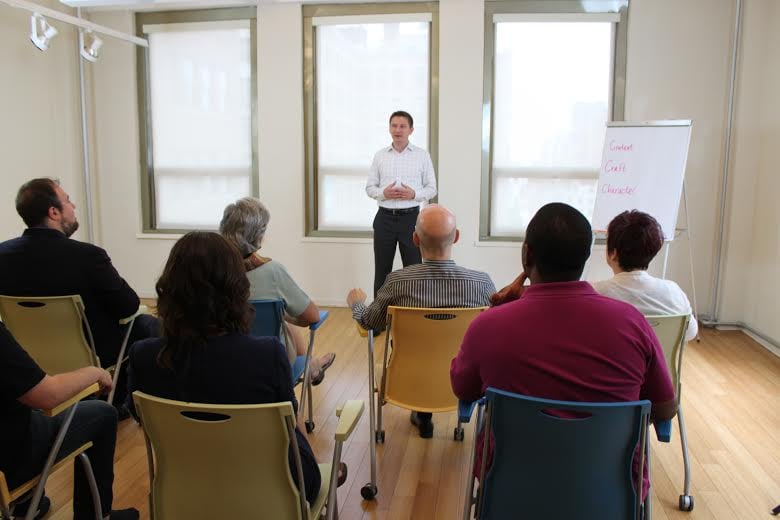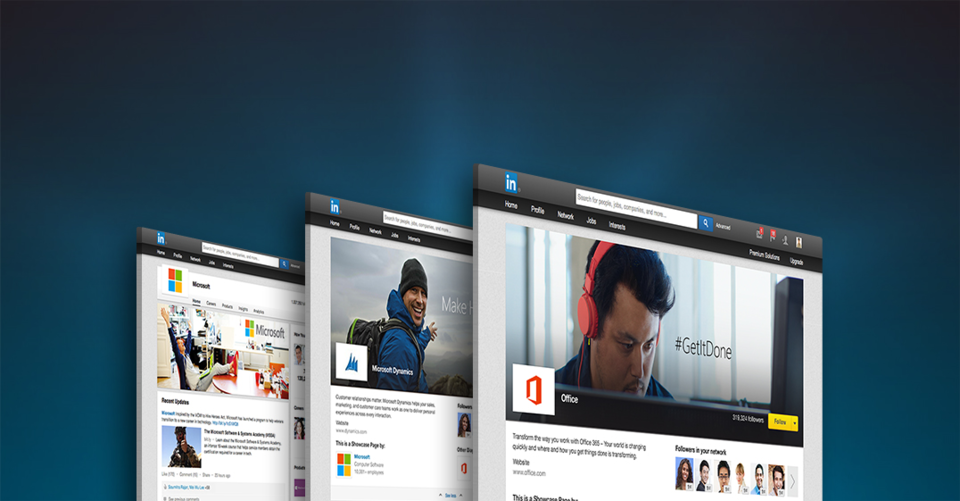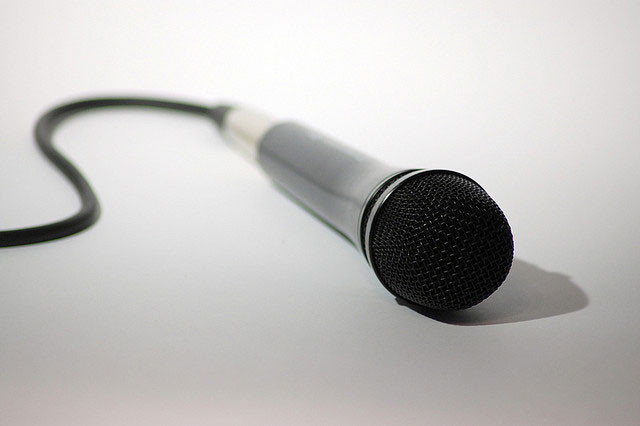TOP TALK
Turning Presentation into Conversation: TAI’s Sandra Carey Shares the Secret to Great Public Speaking

Posted By Sue Parente on April 11, 2014
Have you had that dream? The one where you're on stage, about to give an important speech and you suddenly realize you've forgotten the entire English language? Stage fright is the stuff of nightmares for many folks, but with practice and the right direction, it's a phobia that can be overcome.
In the business world, public speaking is a part of the gig, but perhaps the secret to mastering stage fright lies further from the board room and closer to the stage. That's what the good people at The TAI Group believe. They're approaching public speaking from the actor's perspective and teaching the corporate world how to be at ease in the spotlight. I recently spoke with Sandra Carey, a director with TAI about the ins and outs of public speaking. Here's what she had to share:
Tell us a little bit about your background and what TAI does.
Since joining The TAI Group in 2005, I have worked with CEOs and senior executives in a variety of industries from financial services and publishing to agriculture and energy, on communications and leadership development. My client work has taken me to Asia, India, Australia, Europe and South America. Before TAI, I worked for 12 years as Director of Investor Relations at Patricof & Co. Ventures. My performing arts life includes studies at the British American Drama Academy, School for Film and Television, and The Actors Institute.
The TAI Group is a communications and leadership firm that provides experiential training from a tools-based approach. Because our coaches have a deep knowledge of theater and performance, they create with clients in the moment, building upon their skills and attributes while teaching new ways of seeing and connecting. Participants practice what they learn in real-time with direct feedback from their coach and peers, creating a community of learners. Clients can apply the tools and learning to their business practice immediately.

What is the secret to a great presentation? What spells the difference between a good one and a great one?
The secret is remembering that the audience is the most important element in the presentation. Think about the impact that you want to have on them. Hone the message—drilling down to its essence. What is the one sentence that captures what you want the audience to carry away with them? Consider potential obstacles that will keep the audience from connecting to your message and find ways to overcome them. Prepare thoughtfully and strategically. And lastly, rehearse. Through rehearsal, content is tightened and sharpened; and the speaker will be more relaxed.
What are the biggest mistakes executives make when speaking to an audience?
So many speakers broadcast facts and data in the direction of the audience. They scan the room. They look over the audience's heads at something in the back of the room. Or, even worse, they talk to the slides projected behind them.
When a TAI coach works with executives, we begin with a simple principle. Before you say a word, find a set of eyes and make real contact. Then deliver a complete thought to that person. Find another person. Repeat the process. This connection is the lifeblood of the engagement the speaker will create and sustain with the audience. It will turn a presentation into a conversation.
What is the best way to connect with a large audience?
I've rehearsed speakers for large-scale events of up to 500 people. During the rehearsal, I sit five or six rows back in the audience. With the stage and lights set as they will be during the actual speech, I ask the speaker, “Can you see me?” The answer is always “Yes.”
When you deliver the speech, look out to the audience and find a person. Give that person your first thought. Finish, breathe, and find another person. It's the power of one. If you are connected to one person, others will feel connected, too.
Is there any foolproof way to start a presentation?
Humans communicate with the whole body. Business professionals often don't. At TAI, we promote “neck-down learning” to connect head to body. To begin a presentation well, the speaker must be grounded in his body—breathing, relaxed, and focused on the audience.
Craft your remarks so that you capture the audience's attention within the first few minutes. Begin with a provocative thought, a challenging question, or a compelling story. So many speakers use tools and techniques in a formulaic way. Do something unexpected.
What is the most important part of any presentation – the beginning, the middle or the end?
I'm glad so glad that you are mentioning beginning, middle, and end. Great presentations are crafted like stories, requiring all three of those elements held together by a strong central message. I believe the beginning is the most important because it is the invitation to the audience to come along. The more creative, the more engaged they are from the start.
What is the best way to combat the speaker jitters when you feel them starting to creep in?
It's simple: take a breath. The jitters likely are happening because you've been racing along – connecting more to your content than to the audience. If you stop, breathe, and connect, they will slow down with you and breathe. It will give them time to take in what you have been saying, to think about it for a moment. No matter the reason for the jitters, breathing is the remedy.
If our readers take away nothing else, what would you like them to remember when it comes to public speaking?
The audience wants you to succeed. You've come together for a reason. Audiences want to be engaged—they want to get to know you and to learn something from you. Enjoy the audience! Have a wonderful conversation with them!



